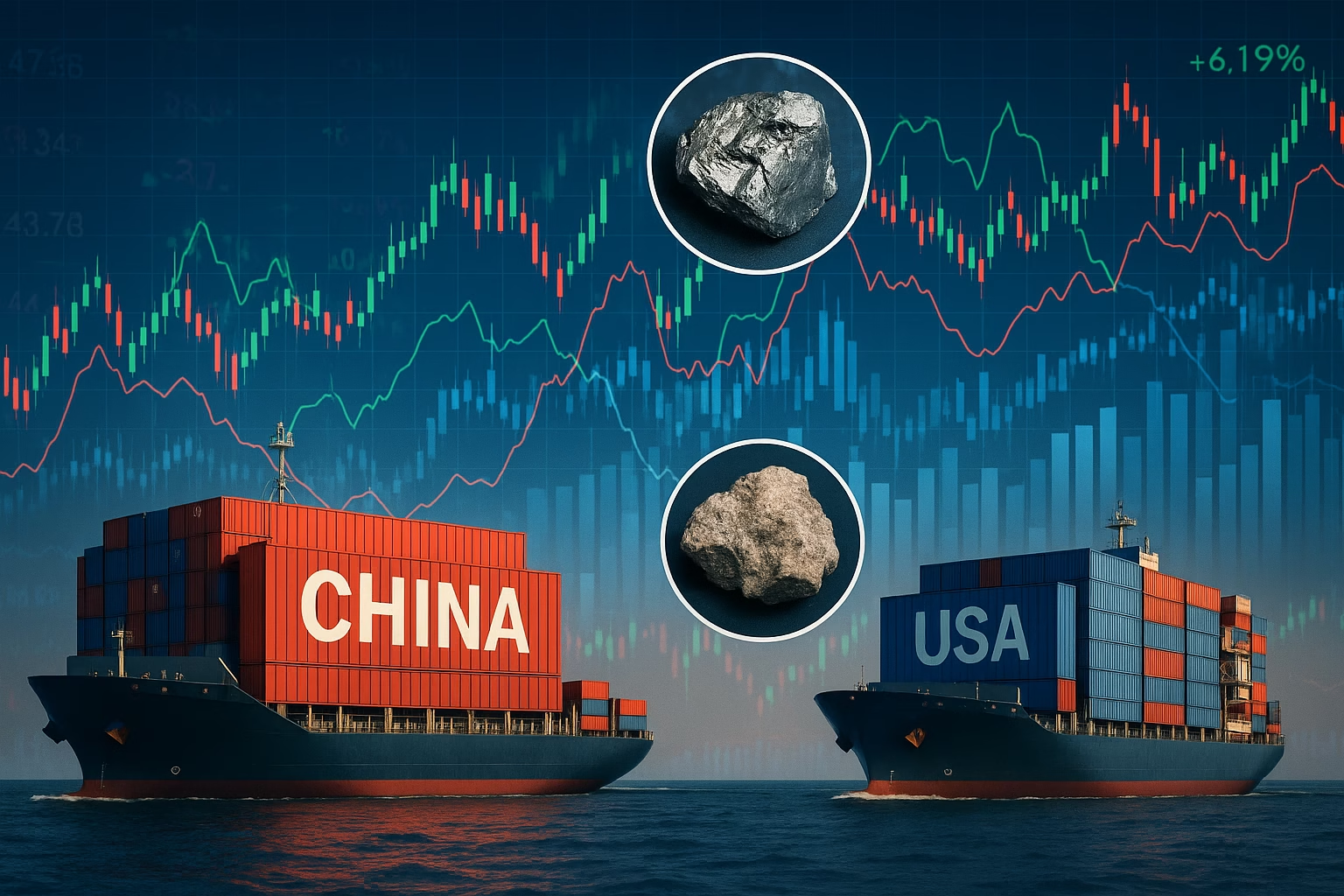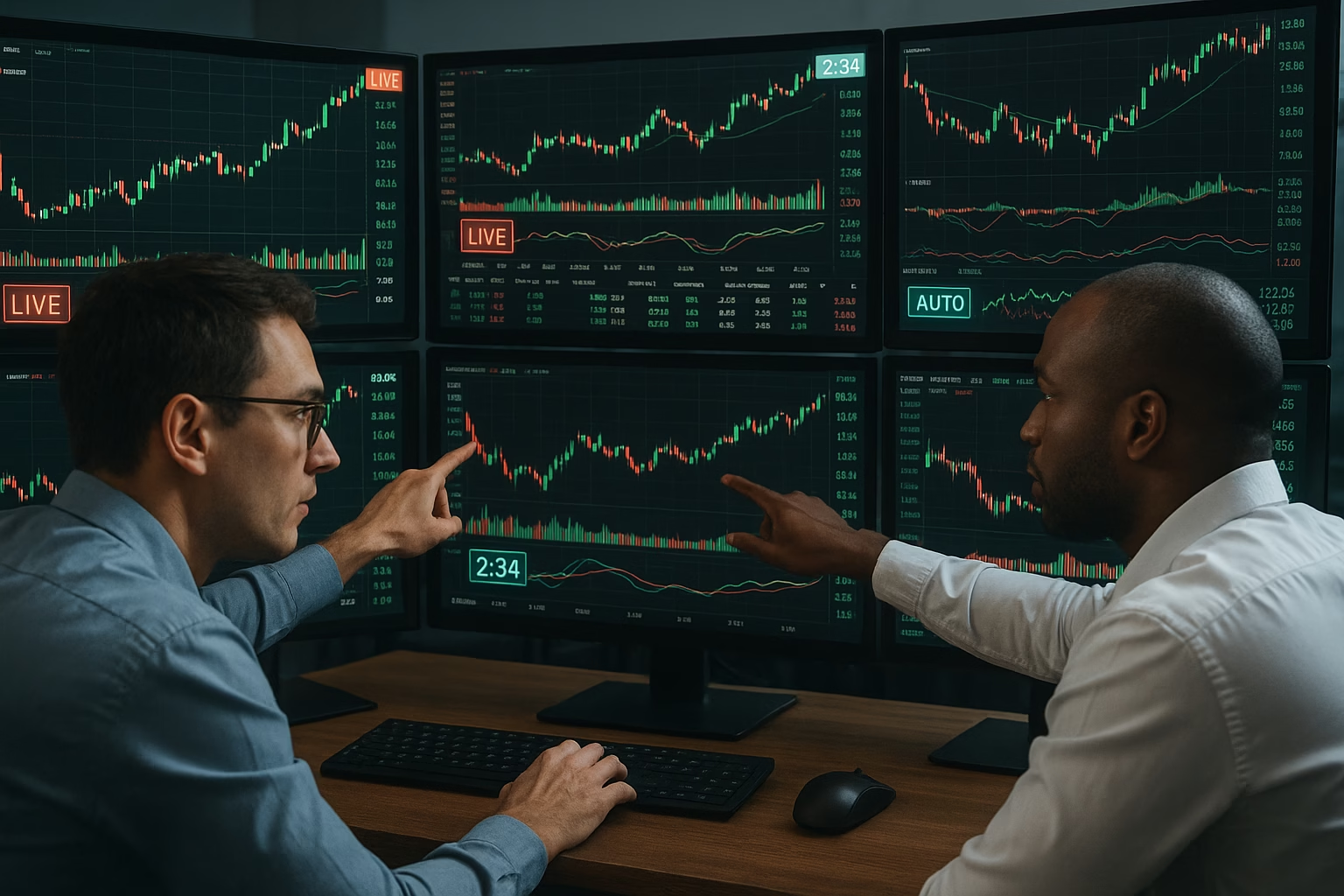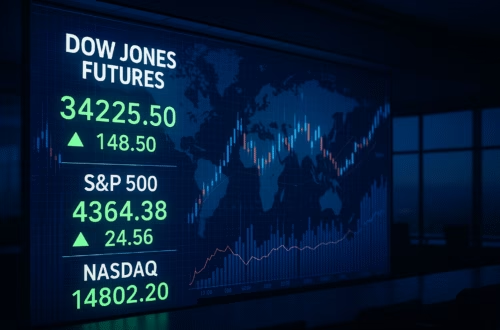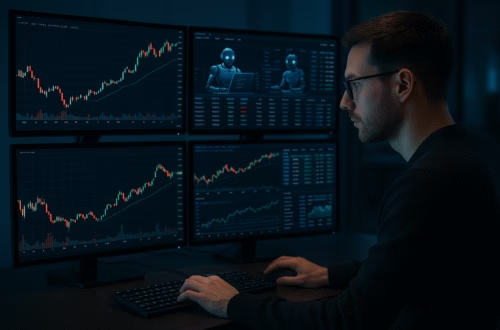The term China tariffs has reentered headlines with an urgency not seen in years. But beyond the usual trade war rhetoric lies a more strategic battleground: rare earth minerals and advanced technologies. In 2025, China has expanded controls on rare earth export licensing, prompting sharp reactions in markets globally. These moves affect U.S. manufacturing, defense, the semiconductor supply chain — and ripple into futures, equities, and trading opportunities.
In this article, we explore:
- What recent China tariffs and export control measures on rare earths entail
- How they affect U.S. markets and futures
- How traders can position using automation tools like PickMyTrade
- Risks, outlook, and FAQs
What Are Rare Earth Minerals & Why They Are Strategic In China Tarrifs
Rare earths are a set of 17 chemical elements used in magnets, batteries, semiconductors, electronics, wind turbines, EVs, military systems, and more. China dominates much of the supply chain: mining, refining, magnet production.
When China restricts exports or imposes licensing controls, downstream industries globally feel pressure — especially those unable to rapidly shift supply chains.
In 2025, China has expanded export controls to include more elements and stricter licensing rules, especially for applications tied to chips, magnets, and defense.
Taiwan, for example, noted that the restricted rare earths differ from what its chip sector primarily uses, so direct chip impact is limited so far — but the move still rattles supply chains for electric vehicles, drones, etc.
Recent China Tariffs & Export Controls: What Has Changed
China Expands Export Restrictions on Rare Earths
- China has added five new elements and tightened scrutiny for chip-related exports.
- New rules designate that even small quantities of rare earths or use of Chinese processing technologies may require export licensing.
- Some rules become effective December 1, 2025.
- China defends its curbs as national security measures, especially around dual-use (civilian & military) technologies.
U.S. & Reactions: Tariff Threats & Retaliation
- In response, the U.S. threatened 100% additional tariffs on Chinese imports starting November 1.
- Markets dropped sharply. E.g. Dow plunged ~879 points, S&P 500 fell ~2.7%, Nasdaq ~3.6%.
- Futures markets rebounded as rhetoric cooled and some conciliatory tone returned.
- China responded by blaming U.S. “double standards” and defended its export actions, though it has not yet declared a new tariff wave.
U.S. Rare Earth Producers & Export Adjustments
- MP Materials (U.S.) announced ceasing shipments of rare earth concentrate to China due to retaliatory tariffs.
- It is ramping domestic refining and metal production in the U.S., including in Texas and California.
- These shifts underscore the U.S. push for supply chain resilience and import substitution.
How China Tariffs & Rare Earth Controls Affect U.S. Markets & Futures
Supply Chain & Cost Pressure on Tech, EV, & Defense
- Companies relying on magnets, rare earth materials, or advanced electronics may face input cost increases.
- Margins for EV makers, drone producers, defense contractors may shrink unless they can relocate or secure alternative supply lines.
- The strategic importance of rare earths magnifies volatility in sectors tied to green tech, semiconductors, and defense.
Market Sentiment & Risk Premium
- Tariff escalations and export restrictions increase political risk, which often leads to broader equity selloffs.
- In 2025, heightened tariff rhetoric drove sharp daily drops in major U.S. indices.
- Futures (S&P, Nasdaq, Dow) often price in these risks early, leading to pre-market swings.
Volatility in Commodity & Metal Futures
- Rare earth futures (if tradable) or proxy commodities like magnet metals may see price spikes or supply squeezes.
- Base metals or specialty material futures might react in shorter time frames to news of controls or sanctions.
Arbitrage & Trading Opportunity
- Volatility opens opportunities for directional trades, hedges, or volatility strategies (straddles, options).
- Traders often position in futures markets ahead of expected announcements or tariff deadlines.
Click Here To Start Futures Trading Automation For Free
How to Trade China Tariffs Events Using PickMyTrade Automation
Given the high volatility and event risk in the China tariffs / rare earth domain, using automation can help execute strategy cleanly and timely. Here’s how to incorporate PickMyTrade:
1. Signal-Based Strategy Execution
- Monitor macro news feeds or custom indicators (e.g. surge in tariff chances) to trigger alerts in TradingView or other platforms.
- Use webhooks to forward those alerts into PickMyTrade, which executes predefined orders (futures, indices, metals) instantly, eliminating manual delay.
2. Volatility / Event Strategies
- Automate opening straddles or strangles in index futures around tariff deadlines.
- Set rules like “do not trade within 30 min of central bank announcements or tariff releases” to avoid slippage.
- Use automated position sizing, stop-loss, and take-profit logic built into PickMyTrade to maintain discipline.
3. Hedging Exposure
- If you have exposure to equities affected by rare earths (e.g. EVs, chip manufacturers), you can pair that with short futures or options via automation.
- PickMyTrade can manage correlation hedges systematically.
4. Backtesting & Simulation
- Before going live, backtest your tariff-shock strategies using historical events (e.g. past tariff announcements).
- In simulation mode or demo environment, verify if execution and risk rules hold.
5. Multi-account & Portfolio Control
- If you run multiple strategies or accounts (equities, futures, metals), PickMyTrade lets you consolidate execution and rule enforcement across them.
- You can dynamically allocate more capital to strategies that outperform amid tariff stress.
In essence, China tariffs create windows of volatility. With automation, you can capture them systematically rather than relying on manual reactions.
Risks, Caveats & Outlook
Risks & Weaknesses
- False signals: Not every tariff threat materializes; automation may misfire.
- Slippage & liquidity: Big market moves often bring lower liquidity and adverse fills.
- Policy uncertainty: Tariff or export control decisions can reverse, leading to whiplash in markets.
- Regulation & compliance: Automated trading across futures and international markets may be subject to rules that vary across jurisdictions.
- Supply chain lag: Even if China removes controls later, industries may take months to adapt.
Outlook & What to Watch
- Watch for diplomatic talks, U.S.–China summit outcomes, WTO filings, and reaction in rare earth markets.
- Monitor U.S. attempts to boost domestic rare earth production or strategic mineral alliances (e.g. with Australia, Greenland).
- Keep eyes on further expansions of China export controls or reciprocal tariffs.
- In markets, watch leading indicators: futures positioning, volatility indices (VIX), metal/commodity prices.
FAQs: China Tariffs & Rare Earths
Q1: What exactly are “China tariffs” in this context?
Here, China tariffs refer both to export controls (licensing, restrictions) on rare earth minerals and to retaliatory tariff measures imposed by China or the U.S. in trade disputes.
Q2: Why are rare earth minerals so sensitive to China’s policies?
China controls much of the rare earth refining and magnet production. Many countries rely on China for downstream processed components. Restrictions create supply bottlenecks.
Q3: How have China’s recent export controls affected U.S. producers?
MP Materials stopped shipping concentrate to China and is building domestic refining capabilities to reduce dependence.
Q4: What was the market reaction to China’s controls and U.S. tariff threats?
Markets plunged sharply on tariff threats: Dow fell 879 points (~1.9%) and major indices posted double-digit declines in a single day. Futures later rebounded amid softer rhetoric.
Q5: Can traders profit from China tariff events?
Yes — via volatility strategies, futures, hedges, and directional trades triggered by news events. Automation helps execute more cleanly.
Q6: How can PickMyTrade automation help in these conditions?
PickMyTrade lets you implement signal-driven strategies, enforce risk rules, manage multiple accounts, and time trades precisely around macro announcements.
Q7: Could China tariffs permanently shift supply chains?
Potentially, yes. Nations may invest in domestic capacity, alternative sources, or recycling. But downstream transitions take years.
Q8: What should traders watch going forward?
Indicators like export licensing announcements, diplomatic signals, rare earth futures price moves, and macro sentiment in index futures.
Disclaimer: This article is for informational and educational purposes only. It should not be considered financial, investment, or trading advice. Trading stocks, futures, and other financial instruments involves risk and may not be suitable for all investors. Always conduct your own research or consult with a licensed financial advisor before making trading decisions.
Also Checkout: Automate TradingView Indicators with Tradovate Using PickMyTrade






I think the market’s reaction to these tariffs highlights just how intertwined the global economy has become. Rare earths are no longer just a commodity — they’re a geopolitical lever. It’ll be interesting to see how the U.S. and other nations adjust to this new normal.